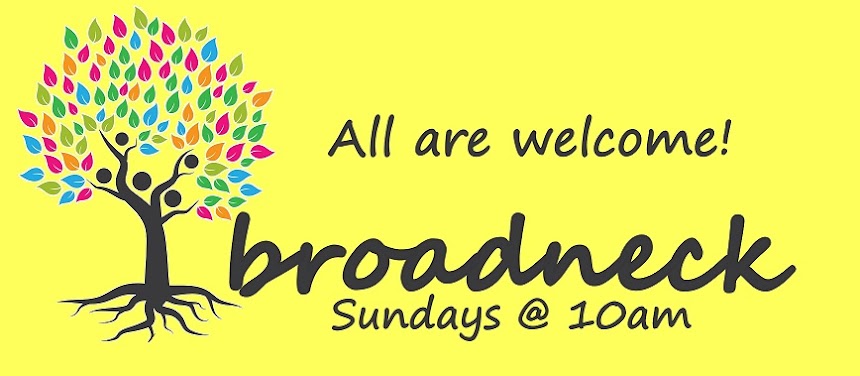
The lectionary texts for this Palm/Passion Sunday are myriad--it is the only day of the church year that recommends two totally different sets of readings in the same time of worship. This week, we will be focusing on the Gospel readings--Matthew 21:1-11 and Matthew 27:11-54--with an assist from the Epistle reading, Philippians 2:5-11. They are full, full, full, so spend some time with the first set of readings as well as the second set before we gather around them and delve into them on Sunday.
Palm/Passion Sunday, the final Sunday of the Lenten season, is full of shifts, shifts that can quickly overwhelm even those of us familiar with the stories and events that mark this day. I think the shift is supposed to feel abrupt--because what will happen in this Holy Week is harsh and abrupt, no matter how much Jesus' entire life and ministry seems to have been tending towards this showdown in Jerusalem. But I thought I would help us lean into Palm Sunday by highlighting just a few of the shifts that happen here:
1) In terms of our lectionary-guided journey, we move from John's account of the Gospel story which we have been immersed in for the past four weeks back to Matthew's account. Though both writers tell the same story, their accounts sound radically different in our ears. John's language of seeing and hearing and belief is replaced by Matthew's language of kingdoms and Old Testament fulfillment and Messiahs, linking the Jesus story more strongly back to its Jewish roots and the way Jesus came into radical conflict with the secular and religious powers of his day. If John is the lofty gospel that helps us make divine connections, Matthew brings us strongly back to earth, showing Jesus in his very particular social and political context and making some statements with his words and life that end up getting him killed.
2) We've spent the past four weeks with Jesus in very intimate settings, looking at individuals working out their understanding of Jesus in one-on-one dialogue and interaction. Jesus has had some of the longest conversations we see from him in scripture with folks ranging from an old Pharisee to an isolated woman to a formerly blind man cast out of the synagogue to a grieving  sister. This week, such intimate conversations are a thing of the past; we are thrust into the crowds, shoulder to shoulder with other palm-waving pilgrims, moved along by the tide of the crowd like revelers in Times Square on New Year's Eve, a tide that carries us through Pilate's courts and ultimately up a hill from which we will all scatter. How does the way we interact with Jesus and view him change as the formerly chatty Jesus falls eerily silent and the voices that fill our ears are those of the crowd around us?
sister. This week, such intimate conversations are a thing of the past; we are thrust into the crowds, shoulder to shoulder with other palm-waving pilgrims, moved along by the tide of the crowd like revelers in Times Square on New Year's Eve, a tide that carries us through Pilate's courts and ultimately up a hill from which we will all scatter. How does the way we interact with Jesus and view him change as the formerly chatty Jesus falls eerily silent and the voices that fill our ears are those of the crowd around us?
 sister. This week, such intimate conversations are a thing of the past; we are thrust into the crowds, shoulder to shoulder with other palm-waving pilgrims, moved along by the tide of the crowd like revelers in Times Square on New Year's Eve, a tide that carries us through Pilate's courts and ultimately up a hill from which we will all scatter. How does the way we interact with Jesus and view him change as the formerly chatty Jesus falls eerily silent and the voices that fill our ears are those of the crowd around us?
sister. This week, such intimate conversations are a thing of the past; we are thrust into the crowds, shoulder to shoulder with other palm-waving pilgrims, moved along by the tide of the crowd like revelers in Times Square on New Year's Eve, a tide that carries us through Pilate's courts and ultimately up a hill from which we will all scatter. How does the way we interact with Jesus and view him change as the formerly chatty Jesus falls eerily silent and the voices that fill our ears are those of the crowd around us?3) The readings for this day take us from shouts of praise to shouts of death...how does this happen so quickly? How can people so sure of Jesus' identity one day want to crucify him for it barely a few hours later? What happens in that gap between palms and passion to provoke such a turn?
I'd encourage you, if you have time this week, to read not just the two Matthew bookends appointed for this day, but the entire narrative that unfolds from Matthew 21 to Matthew 27. This is the overwhelming narrative that shifts Christ's future from acclaimed Messiah to crucified criminal...and as we let it wash over us, it just may shift our futures as well.

No comments:
Post a Comment